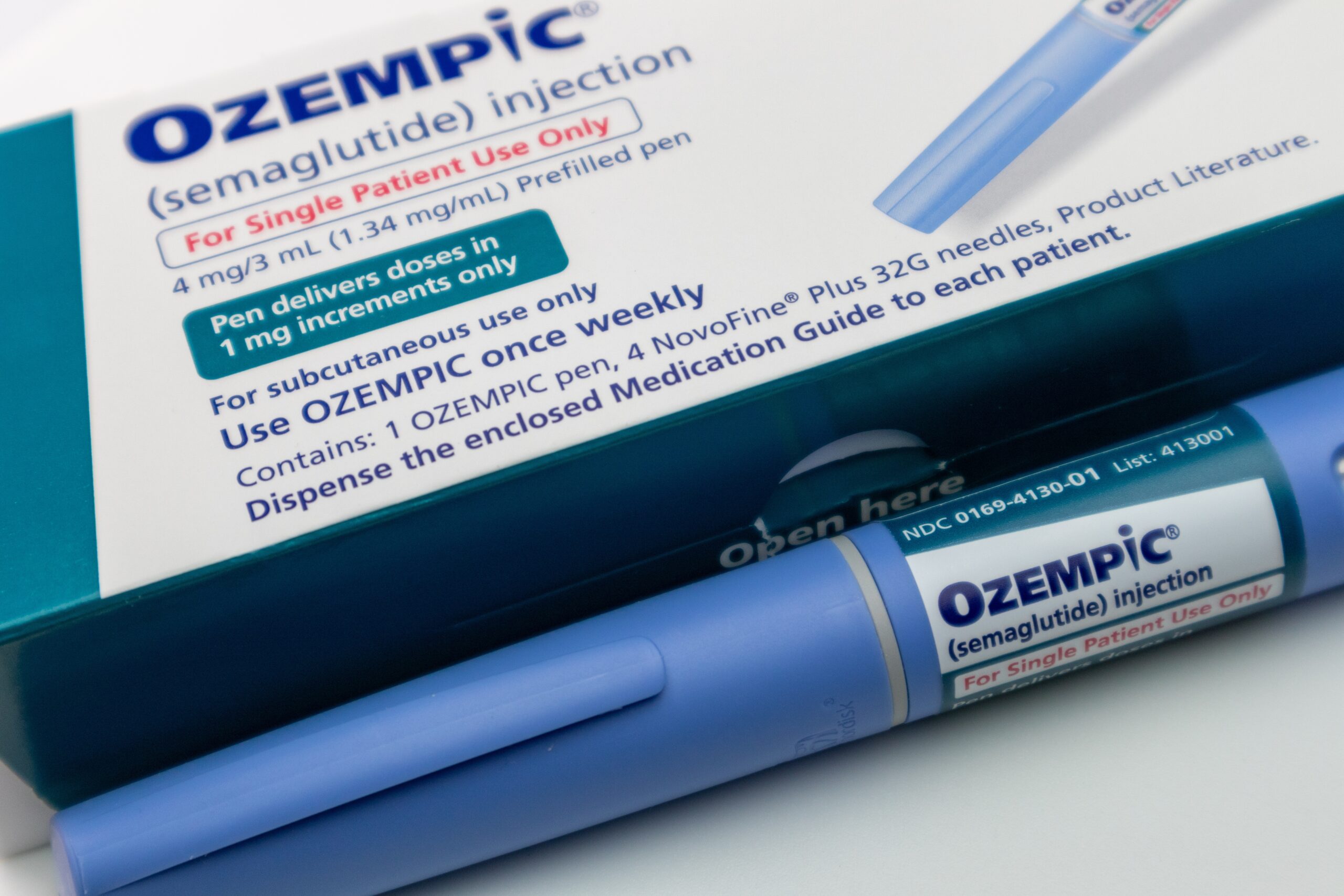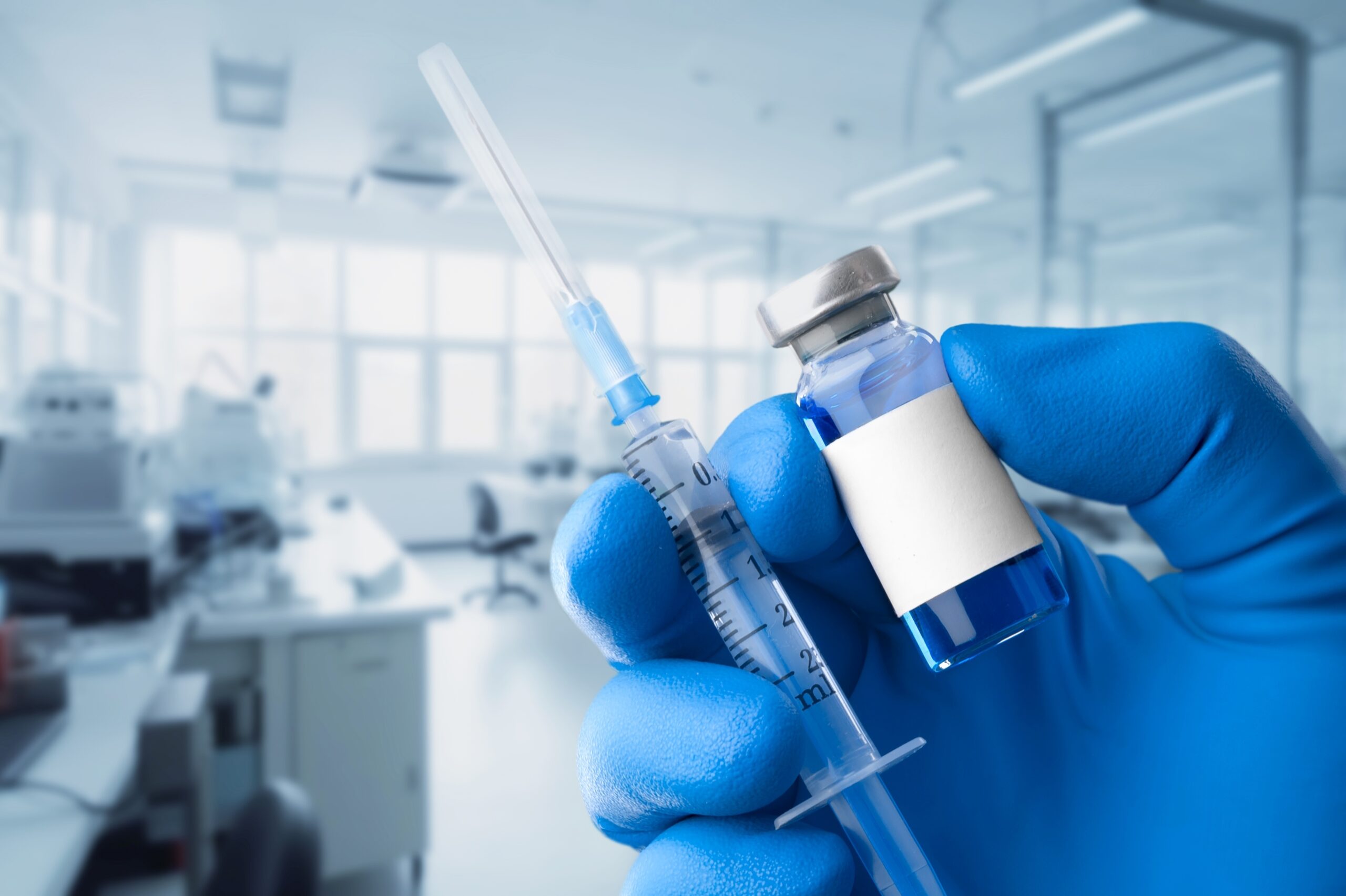Imagine a world where a diabetes drug, originally meant to shed a few pounds, now promises to restore men’s masculinity—while the pharmaceutical giants and the medical elite scramble to claim credit for “fixing” a crisis they hardly acknowledge exists.
At a Glance
- New research shows weight loss drugs like Ozempic can significantly raise testosterone in obese men.
- GLP-1 drugs, first developed for diabetes, now positioned as a fix for male hormonal health.
- Testosterone deficiency, often ignored by mainstream medicine, links directly to metabolic syndrome and obesity.
- Experts tout GLP-1 drugs as a potential alternative to traditional testosterone therapy—if you can afford them.
GLP-1 Drugs: Miracle Cure or Just Another Cash Grab?
The latest medical conference darling? GLP-1 receptor agonists—Ozempic, Wegovy, Trulicity, Zepbound. Once prescribed for diabetes, these drugs have exploded in popularity as weight loss miracles. Now, according to a study unveiled at the Endocrine Society’s annual meeting, they’re being hailed for another “unexpected” benefit: boosting testosterone in overweight men. The study tracked men with obesity or type 2 diabetes, all excluded from testosterone replacement therapy, over 18 months on these drugs. Participants saw average weight loss of about 10% and, more importantly, a jump in testosterone levels from a miserable 53% of normal to a respectable 77%. That’s a huge leap for a demographic our health bureaucrats routinely ignore.
Weight loss drugs like Ozempic can raise low testosterone — what that means for men https://t.co/sJZNX9eKdq pic.twitter.com/RZ4cI1vf0R
— New York Post (@nypost) July 14, 2025
Just to be clear, these aren’t bodybuilders or gym rats. These are regular guys, many pushed into obesity and declining health by the same system that now wants to sell them the cure. The “miracle” isn’t that their testosterone bounced back—it’s that anyone in Big Medicine finally noticed.
Watch: Ozempic Weight Loss & Muscle Challenges in Men
Obesity, Testosterone, and the System’s Convenient Blind Spot
For decades, declining testosterone in men was dismissed as a natural part of aging—unless, of course, you could afford boutique hormone clinics or happened to be a celebrity. Meanwhile, obesity and metabolic syndrome became a nationwide epidemic, conveniently fueling the bottom lines of everyone from diet pill pushers to hospital conglomerates. Excess body fat, especially around the gut, converts testosterone to estrogen, robbing men of energy, libido, and drive. The “solution” for most? Eat less, exercise more, and accept your fate. Rarely did anyone in the bureaucratic medical establishment connect the dots between metabolic health and male hormones.
Only now, with pharma companies racing to market GLP-1 drugs for every conceivable indication, do we see a sudden interest in fixing men’s hormonal health. And why not? There’s always a new market to capture, especially if it means men will pay out-of-pocket for a shot at feeling young, strong, and vital again.
Testosterone Replacement: The Forgotten Fix, and Who Decides What’s “Normal”?
Testosterone replacement therapy (TRT) isn’t new. It’s been around for decades, offering relief to men who actually managed to get a doctor to prescribe it. TRT can restore libido, energy, and muscle mass for men with genuine deficiency. Yet, for years, it’s been demonized—accused of everything from roid rage to heart attacks. Recent studies finally confirm TRT is safe for men who need it, with no greater risk for heart disease than the general population. But here’s the kicker: insurance companies, government guidelines, and medical “gatekeepers” continue to restrict access, often forcing men to jump through endless hoops just to get the help they need.
Now, with GLP-1 drugs on the scene, the narrative shifts. Suddenly, hormonal health is about “holistic” metabolic management. In other words, if you’re rich enough or desperate enough, you can pay the new toll to reclaim your manhood—just don’t expect your health plan to cover it.








